SILVA CACAO’s VENEZUELAN 360°
STORIES, DISCOVERIES &
OFFERINGS
STORIES, DISCOVERIES &
OFFERINGS
VENEZUELA’S CACAO LANDSCAPE
Venezuela is a land of striking contrasts -from the Caribbean coast to the towering Andes and the depths of the Amazon rainforest. Among its natural treasures, few are as distinctive or storied as its cacao. Some of the world’s most aromatic and genetically diverse cacao varieties originate here, shaped over centuries by traditional cultivation and the rhythms of the land.
Geographically, Venezuela is exceptionally well-suited for cacao cultivation. Its dense tropical forests and fertile alluvial soils provide ideal growing conditions. Cacao flourishes beneath the protective canopy of native trees -benefiting from natural biodiversity, moderated rainfall, and the slow maturation process that nurtures rich, complex flavours
At Silva Cacao, we are deeply rooted in this forest-based model. Through agroforestry systems that mirror natural ecosystems, cacao becomes more than a crop -it becomes a connection between culture, ecology, and community. Grown under ancient trees, our partner farms preserve both biodiversity and heritage.
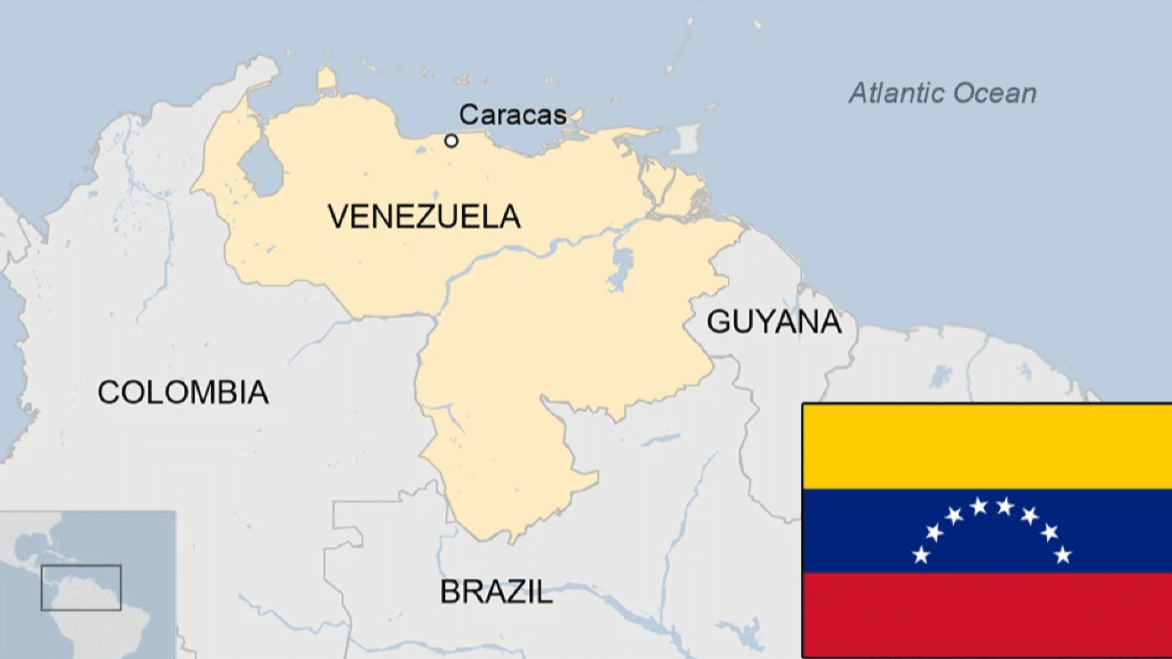
Yet Venezuela’s beauty exists alongside complexity. The country has faced profound political and economic challenges in recent decades. Since the early 2000s, and especially following the death of President Hugo Chávez in 2013, Venezuela has entered a prolonged crisis. Inflation skyrocketed, basic services faltered, and millions of people were forced to leave their homes in search of stability.
On the ground, these realities are unavoidable: fuel shortages, supply chain disruptions, the near-total absence of NGOs. Many communities rely entirely on self-initiative and local resilience to get by. Despite these challenges, we’ve witnessed incredible tenacity -from cultural institutions like Hacienda La Trinidad to iconic local projects like Santa Teresa Rum, people are preserving what matters.
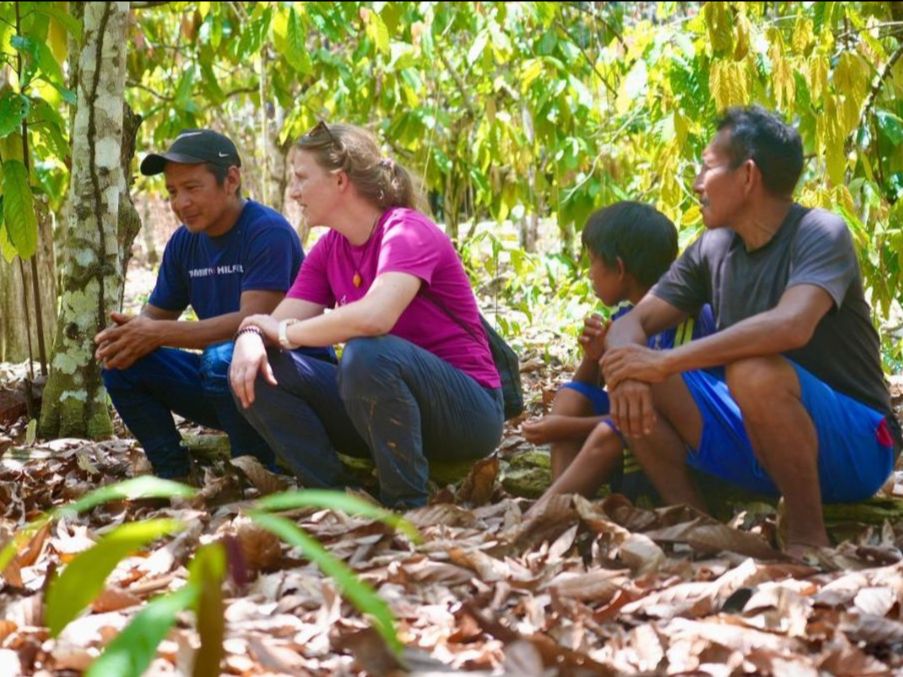
And in the cacao fields, there’s still hope. Farmers continue to tend to their trees, to harvest, ferment, and dry cacao with care and expertise. The forests still stand. The land still gives. And in these tough conditions, cacao offers more than a livelihood -it offers continuity, connection, and the potential for renewal.
SILVA CACAO PRESENTS…
A JOURNEY THROUGH VENEZUELA’S CACAO HEARTLAND
Venezuela -once the world’s largest cacao producer in the 17th century under the Spanish Empire, today accounts for less than 1% of global production. Remarkably, the country produces roughly the same volume it did three centuries ago: about 15,000 tonnes a year, with production projected to rise to 20,000 MT in the near future.
This seeming paradox -modest output yet immense reputation, is exactly what makes Venezuelan cacao so fascinating. Its significance lies not in scale, but in identity, flavour, and a legacy deeply woven into the land. Venezuela’s cacao landscape is as rich and complex as the chocolate it inspires -shaped by centuries of tradition, regional character, and passionate producers.
Our recent journey through this remarkable country offered an intimate look at the people, places, and stories behind the exceptional cacaos we source at SILVA CACAO. While no single trip can capture everything this origin has to offer, we’ve gathered some highlights -regions, farms, and names you may already recognise, or soon will, as part of our growing portfolio. After all, ‘cacao with an identity’ isn’t just a motto. It’s the essence of what we seek, celebrate, and share -from bean to bar.
⚲ SUR DEL LAGO
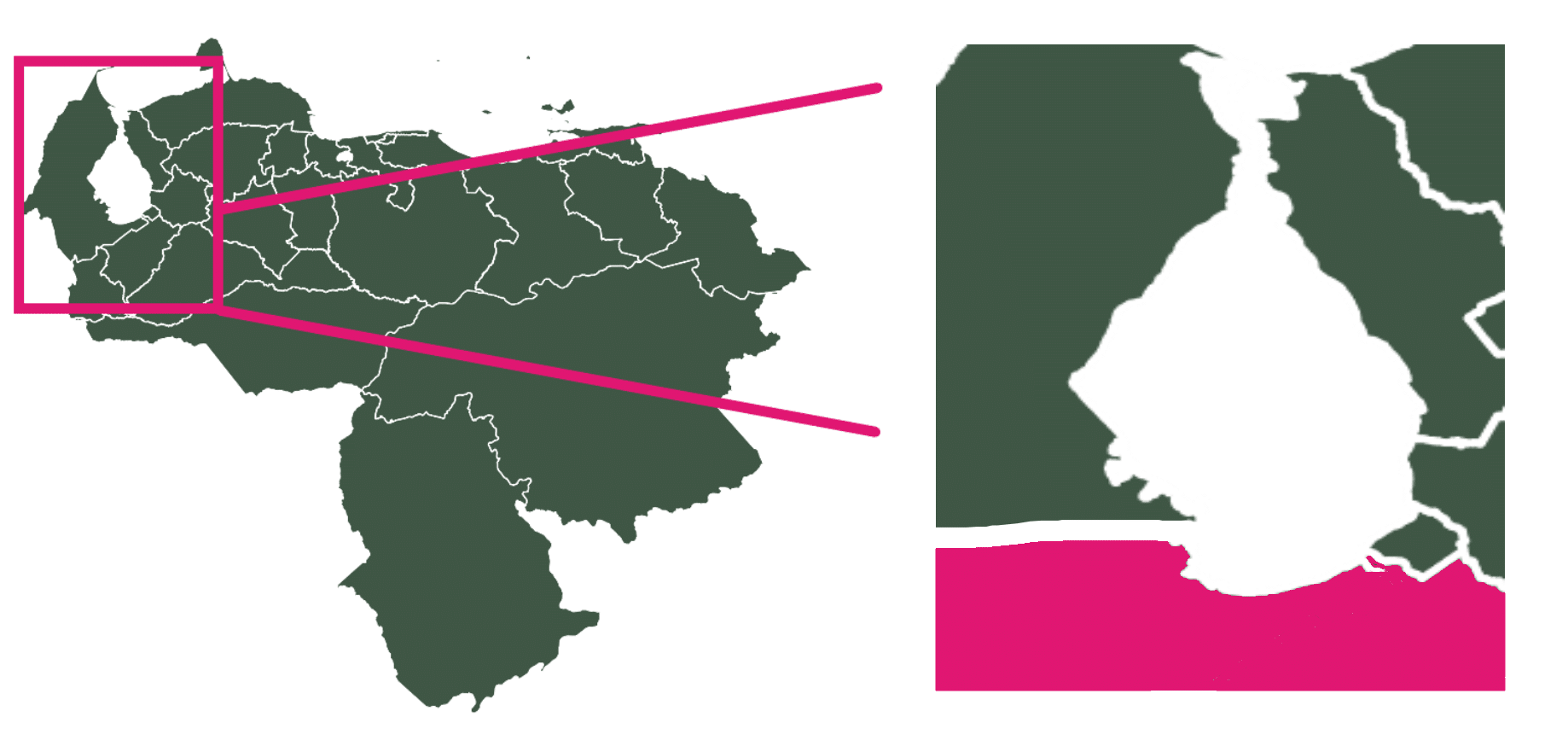
The Sur del Lago region -located in western Venezuela along the southern edge of Lake Maracaibo, is one of the country’s most fertile agricultural zones. Its gentle hills, lush valleys, and nutrient-rich soils -shaped by the nearby lake and the Andes foothills, create a unique microclimate ideal for growing amazing cacao. Known for both its rich biodiversity and deep-rooted farming traditions, Sur del Lago remains a vital hub for Venezuela’s cacao heritage.
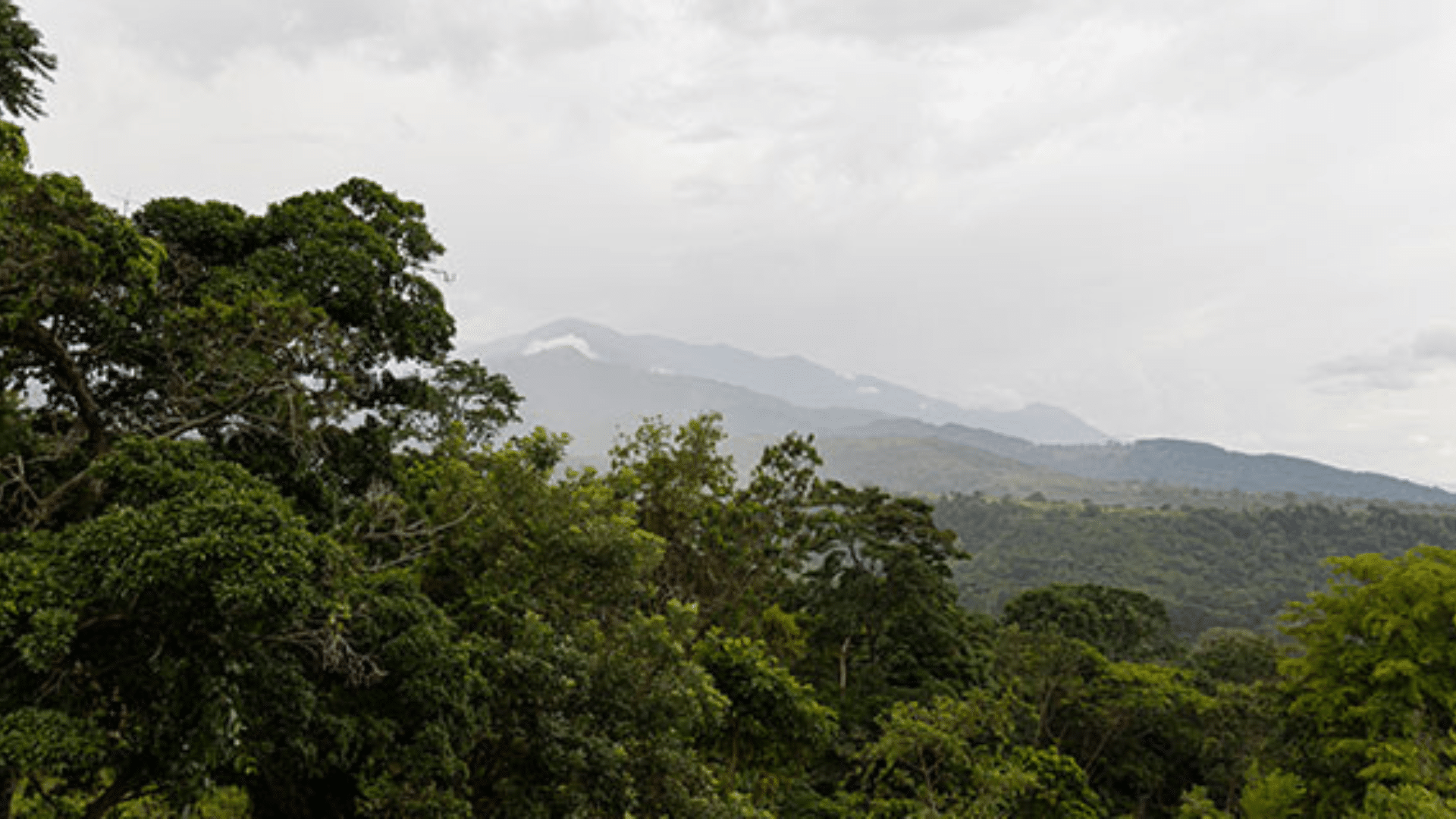
This region is recognised as the birthplace of the legendary Porcelano cacao –an exceptionally rare genetic and know as the purest form of the criollo cacao, long celebrated for its unparalleled flavour. The area remains a stronghold of Criollo cacao, one of the most ancient and refined genetic clusters in the world. Remarkably, ancestral cacao trees -untouched by modern hybridisation, still grow here, sheltered beneath the canopy of time. While some natural hybridisation has occurred over centuries, recent initiatives are focused on reclaiming the identity and value of these unique regional cacaos.
Leading the effort to preserve this extraordinary genetic heritage is Professor Iraima Chacón de Ramírez, a seasoned agronomist and authority on Criollo cacao. Through a dedicated conservation initiative, she works to identify, protect, and cultivate these heirloom strains -especially the revered Porcelana. At the heart of her mission is a specialised nursery and germplasm bank, where she carefully nurtures seedlings from the most genetically unique and culturally significant trees, safeguarding the legacy of Venezuela’s exceptional cacao for generations to come.
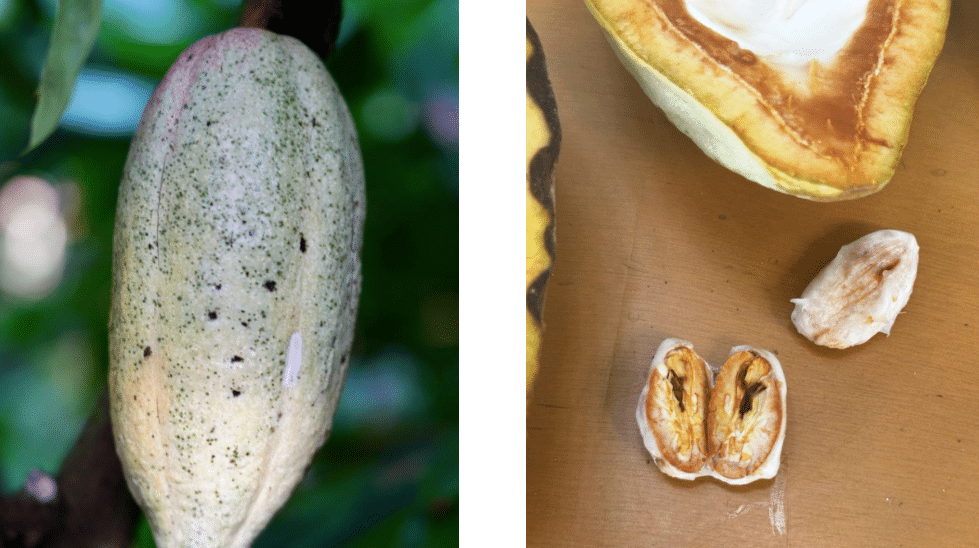
Sur del Lago is to Venezuela what Bordeaux is to France –renowned for its exceptional terroir and legacy in fine cacao. While the region’s potential is widely acknowledged, quality varies greatly depending on cultivation and post-harvest practices.
Our portfolio includes 2 post-harvest centers in Sur del Lago, each managed by trusted local partners who blend strict quality practices with strong community roots. These centers serve as vital economic and social hubs, handling cacao with skill, care, and pride.
Together, they uphold the true promise of Sur del Lago -consistently refined cacao that reflects the region’s finest characteristics.
IN SILVA CACAO’s PORTFOLIO: SUR DEL LAGO SANTO NIÑO
In Tucaní, within this complex landscape, Santo Niño Cacao stands out. Fresh beans are carefully preselected from local farms and fermented in wooden boxes. The post-harvest team, led by Franklin, oversees the process with daily precision, ensuring optimal fermentation and drying.
➤ The result is a refined Regional Cacao with a clean physical profile, offering chocolaty and creamy notes, hints of dried fruits like prunes and raisins, and a touch of dried coconut.
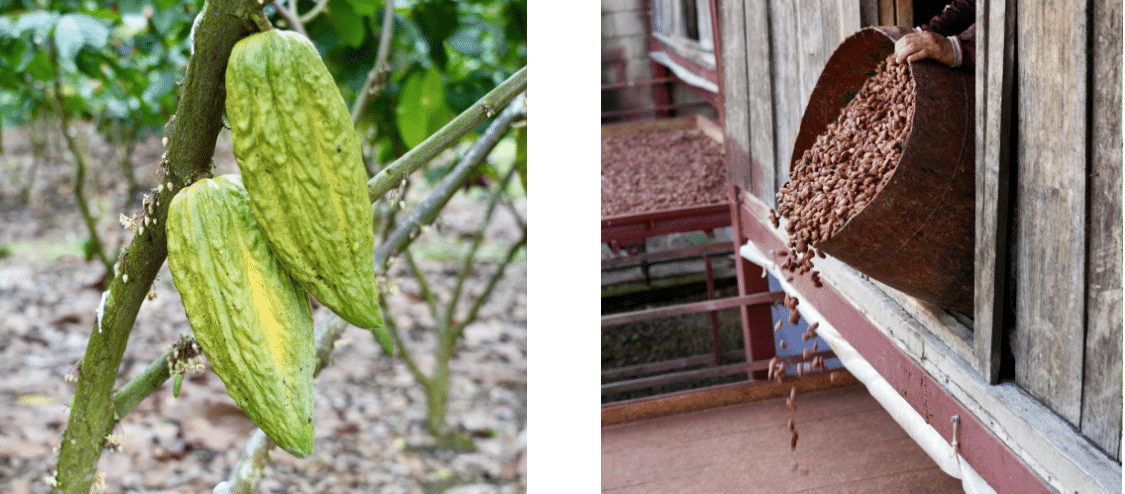
IN SILVA CACAO’s PORTFOLIO: SUR DEL LAGO SUPERIOR
The second post-harvest center, in Caja Seca, follows the same philosophy. Under the coordination of Douglas Dager, it focuses on precision post-harvest practices and sources beans from farms with strong genetic potential. The cacao from this center is called Sur Del Lago Superior.
➤ This Venezuelan Regional Classic has rich chocolaty and nutty flavours, with hints of sweet jam. It’s a delicious regional bean.

⚲ CARABOBO
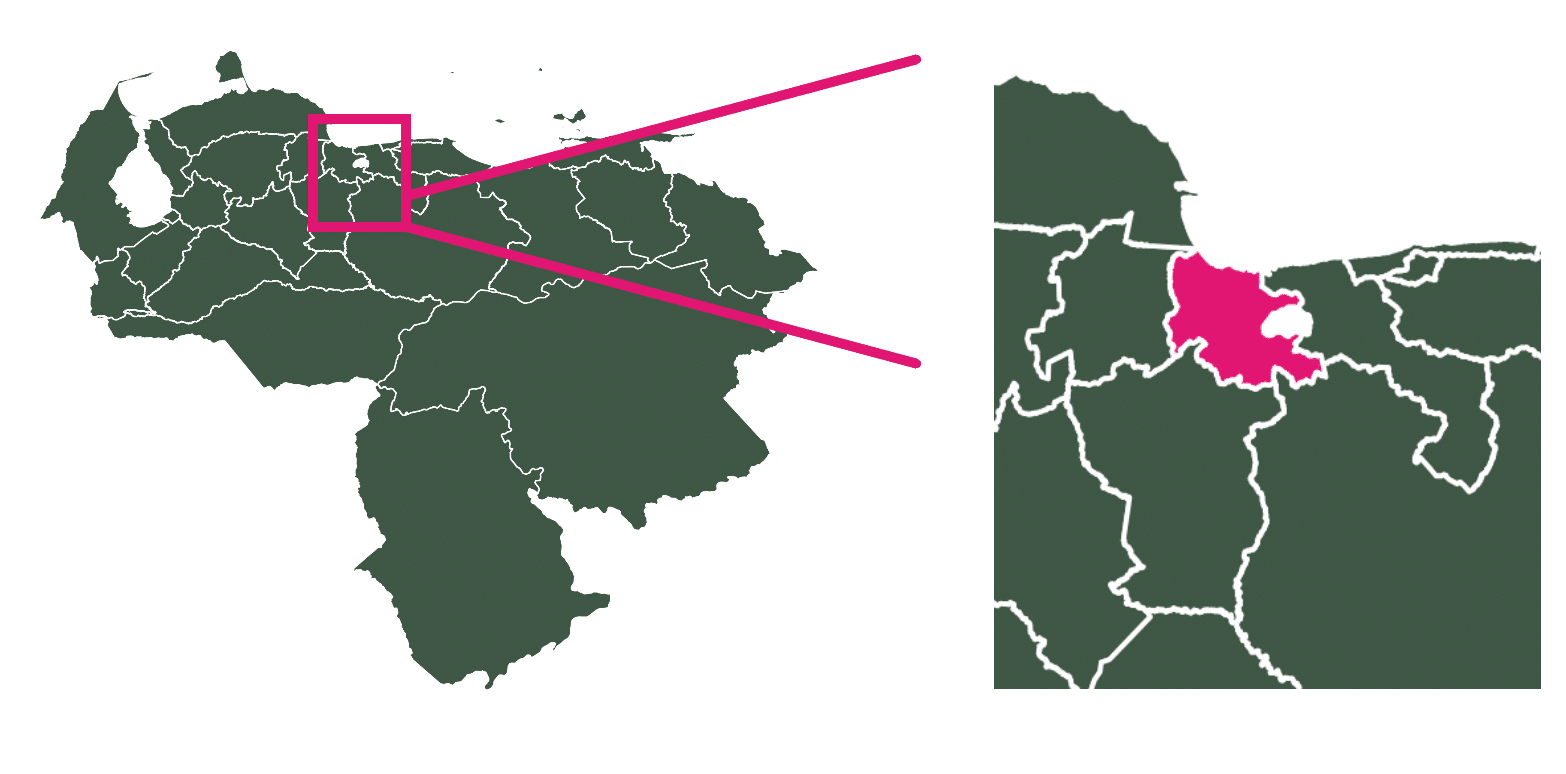
Carabobo, a dynamic state in north-central Venezuela, is deeply rooted in the country’s cacao heritage. Its diverse landscape -ranging from the Caribbean coast to mountainous interiors, and tropical climate create ideal conditions for cultivating cacao with distinctive flavour profiles.
At its heart lies Puerto Cabello, Venezuela’s second-largest port, which has served as the nation’s primary gateway for cacao exports to Europe for over 400 years. The port’s name – ‘Puerto Cabello’ or ‘hair port’ -reflects the legendary calm of its waters, said to be so still that ships could be tied with a single strand of hair.
This region’s agricultural tradition is upheld by farming communities who have cultivated cacao for generations, blending ancestral knowledge with thoughtful innovation. Their dedication to quality and preservation makes Carabobo a vital contributor to Venezuela’s global reputation for exceptional cacao.
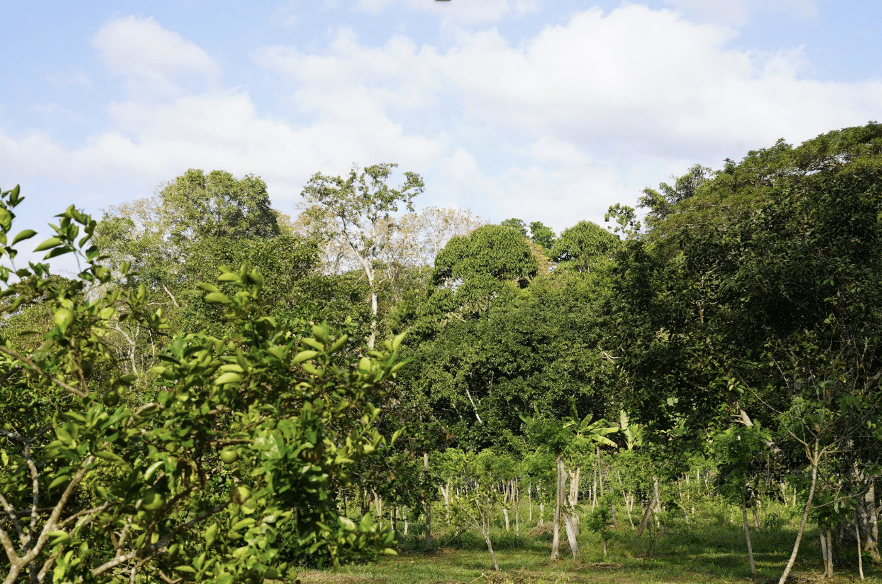
IN જ⁀➴ CANOABO
Canoabo, the oldest settlement in western Carabobo, is a region where cacao cultivation is deeply rooted in local tradition. Situated at one of the highest altitudes suitable for cacao, it is known for its diversity of native varieties and unique growing conditions.
Within this region lies Hacienda San Cayetano, a farm nestled in dense forest where cacao trees grow beneath a canopy of native species. This natural setting supports biodiversity and plays a key role in shaping the complexity and character of the beans produced there.
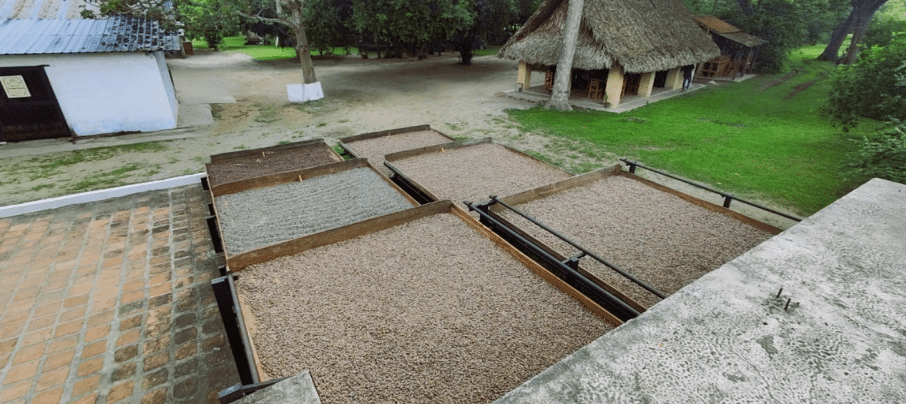
In 2004, Luis Morales purchased a long-abandoned plantation in Canoabo, drawn by the area’s history and its genetic potential for cacao. He began restoring the land and returning it to productive use. His son, Rodrigo Alejandro Morales Durán -who grew up closely connected to the farm, was inspired by a desire to return to his roots and a strong belief in the future of Venezuelan cacao. Building on this vision, he has continued to develop the estate under the name Hacienda San Cayetano.
From the original trees on the property, Luis and Rodrigo have cultivated seedlings that are now used to restock and expand the farm. Today, the family manages 8 hectares of cacao, applying a combination of traditional and modern techniques to support both plant health and bean quality.
IN SILVA CACAO’s PORTFOLIO: CARABOBO CANOABO CACAO
The cacao cultivated at Hacienda San Cayetano originates from a mix of local genetics and carefully selected hybrids. After harvest, the beans undergo a 5-day fermentation in wooden boxes, followed by slow sun-drying on the farm’s patio to preserve their full aromatic potential. Grown organically -without the use of chemical fertilisers or pesticides, the beans are packed in natural sisal bags, maintaining both quality and environmental integrity. At Morales’ facilities, beans from Hacienda Cayetano and nearby farms undergo fermentation and drying.
Today, the farm produces its own tree-to-bar chocolate, with Rodrigo overseeing every step of the process. It also offers eco-tourism, inviting visitors to connect with the farm and the craft of chocolate-making.
➤ The resulting Specialty Carabobo Canoabo Cacao offers a smooth, rounded flavour profile, with notes of fudge, hazelnut, dried raisins, molasses, and a subtle hint of marzipan -an inviting balance that appeals to a wide range of palates.
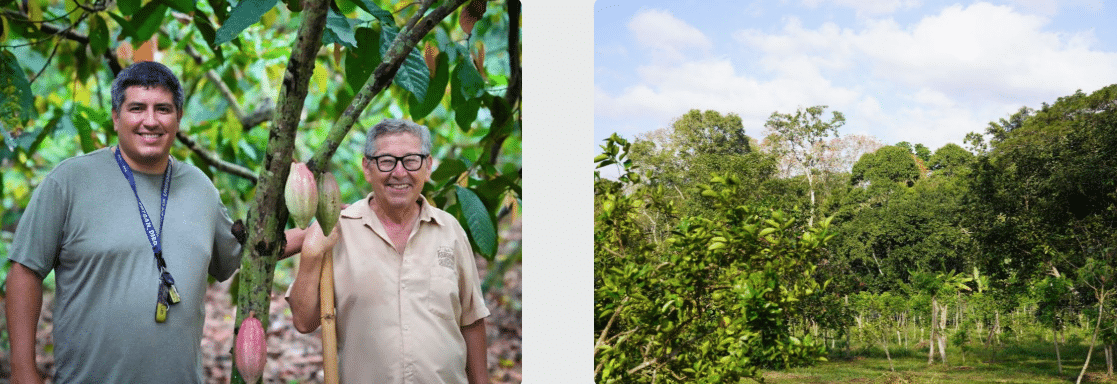
IN જ⁀➴ BORBURATA
Borburata is a small village nestled just a few kilometers from Venezuela’s Caribbean coast, in between Puerto Cabello and Patanemo. Once home to the indigenous Jirajara people, the area has a deep-rooted history of cacao cultivation that stretches back to colonial times.
Like many cacao-growing regions across the country, Borburata has faced significant challenges. At its peak, around 60 hectares of cacao were under cultivation, but state reclamation and economic shifts reduced that number by half. As profitability declined, many farmers were forced to abandon their fields and age old farms. Yet in recent years, rising cacao prices and improved market conditions have brought renewed energy and optimism to the community, sparking a quiet revival of this once-thriving tradition. Today, Borburata continues to breathe cacao, culture, and forest– offering a rare window into the living legacy of Venezuela’s cacao heritage.
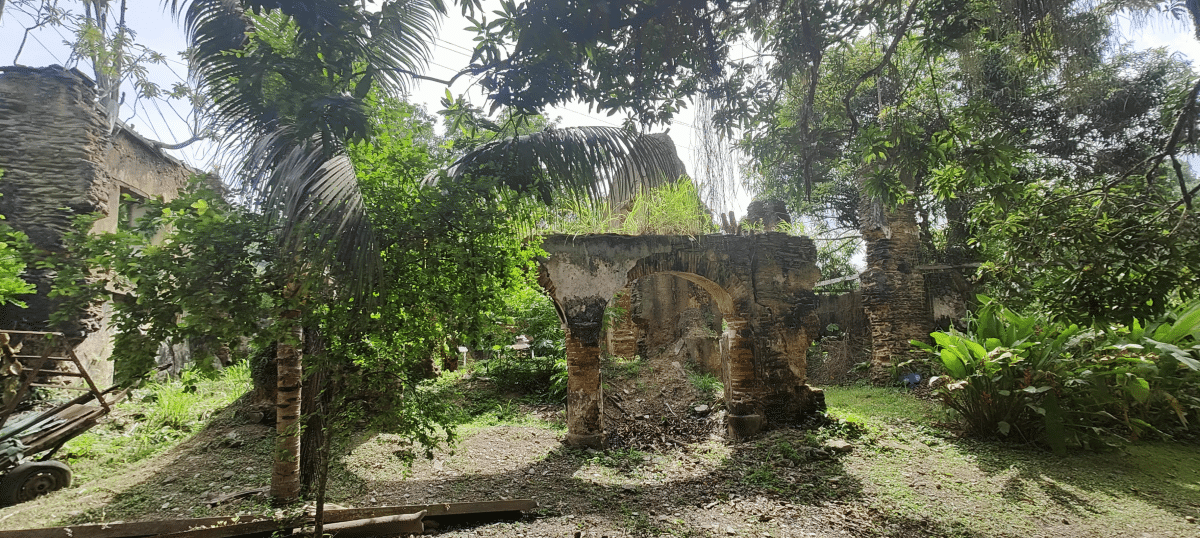
In Borburata, Louiz Palermo is one of the leading figures in the revival of cacao. He cultivates around 4 hectares of land, focusing on restoring its traditional use.
In past decades, many cacao trees were cut down to make way for banana farming, but the farms that kept their cacao now hold rare, old genetic varieties -mainly native Borburata types, with some influence from Ocumare.
Aiming to surpass Venezuela’s national average yield of 600 kilograms per hectare, local farmers are now adopting more intensive and innovative growing methods.
IN SILVA CACAO’s PORTFOLIO: CARABOBO BORBURATA CACAO
One standout example is the recently established hacienda ‘Don Rosendo’, being lead by agronomist Francisco Betancourt. Through, smart genetic selection, meticulous plant nutrition, a sophisticated irrigation system, high labor input, and a new high-density planting model, his farm has achieved yields of up to 1.2 metric tons per hectare -double the national average.
The farm also houses a high-tech nursery with over 3,000 young plants ready for transplanting, reinforcing efforts to improve both the quality and sustainability of local cacao.
➤ The resulting Specialty Carabobo Borburata Cacao offers a well-balanced flavour profile, with notes of pecan nuts, rich chocolate fudge, fresh dragon fruit and subtle citrus tones -delivering a tasting experience that beautifully blends tradition with innovation.
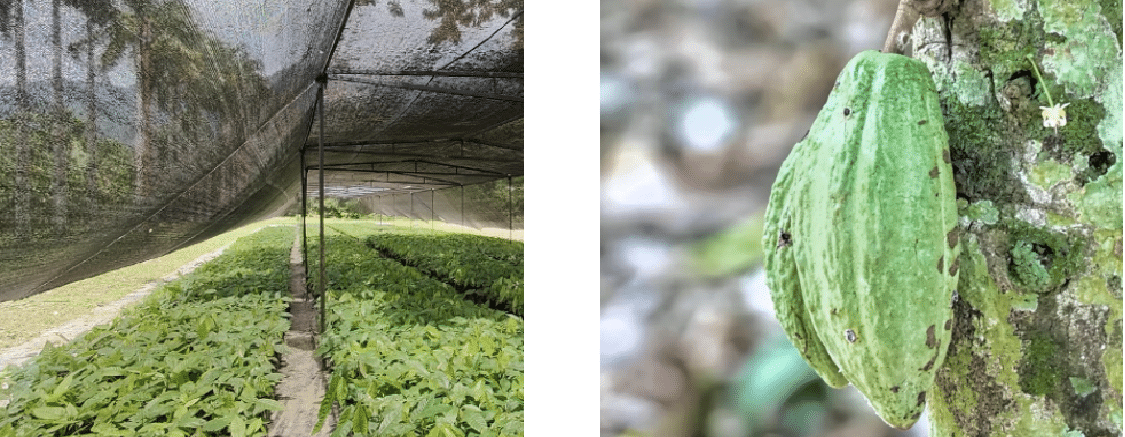
IN જ⁀➴ PATANEMO
Tucked between lush green hills and the Caribbean Sea, Patanemo is a small coastal village at the far eastern edge of the Puerto Cabello municipality. Accessible only by a winding road and best reached by SUV or motorbike, it feels worlds away -its name, believed to stem from ‘Paz tenemos’ (We have peace), reflects its tranquil isolation.
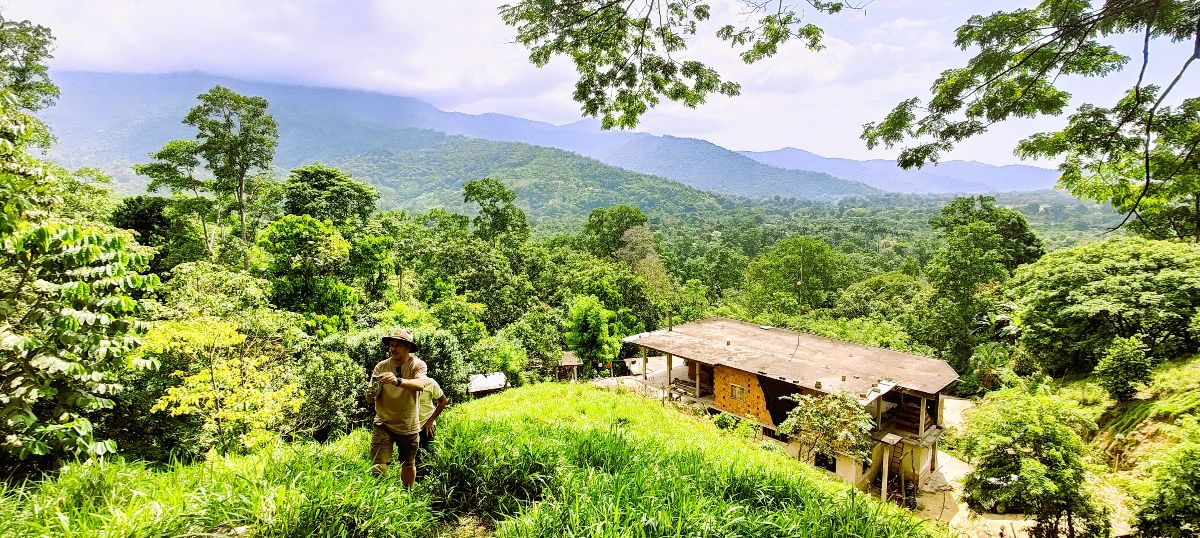
In the hills above the village, we work closely with 4 family-run plantations -those of the Anderson, Ortega, Alcides, and Caballero families, who have cultivated cacao here for over 3 generations. Each family brings a distinct approach to preserving native genetics and perfecting post-harvest practices, particularly fermentation and drying.
IN SILVA CACAO’s PORTFOLIO: CARABOBO PATANEMO CACAO
Unlike the bulk cacao often blended through Puerto Cabello, Patanemo’s cacao is a true single-origin selection. Grown under natural forest canopy in steep, rugged terrain, it’s produced within a genuine agroforestry system. These challenging conditions require dedication and skill but reward us with cacao of exceptional character –low in cadmium, rich in identity.
➤ This Specialty Carabobo Patanemo is remarkable for it’s very white colour with a chocolaty and sweet flavour profile, reminiscent of chocolate fudge, sugar cane, and some gin-like botanicals.

⚲ ARAGUA
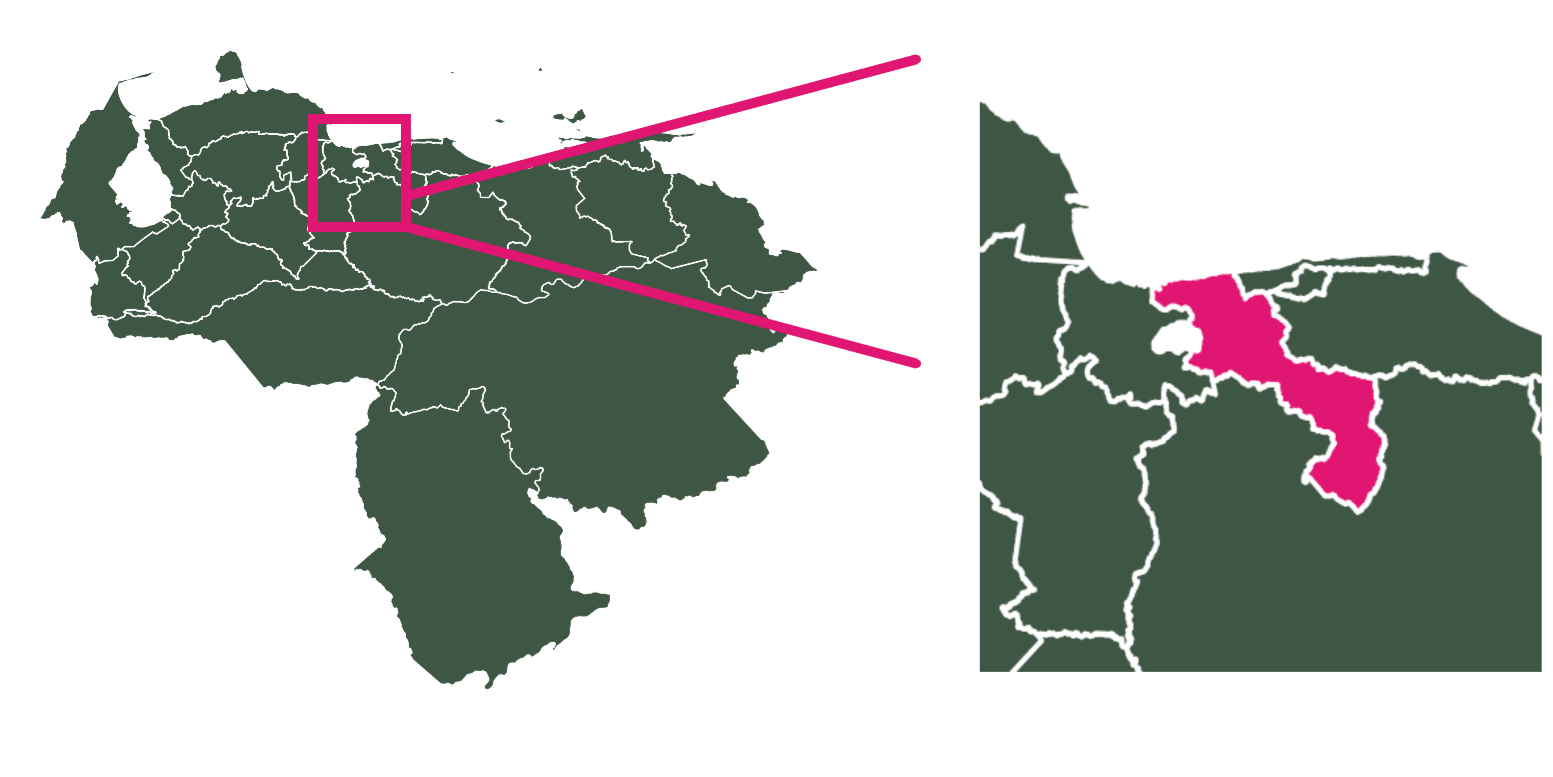
Just beyond Canoabo lies Aragua State, a region of dramatic natural beauty -home to the lush Henri Pittier National Park, fertile valleys, and the Caribbean-facing village of Choroní. The area’s geography, climate, and elevation make it particularly well-suited to growing fine cacao under the canopy of native trees.
While Choroní is also known for its Afro-Venezuelan music and vibrant coastal traditions, it remains above all a working cacao community, where smallholder farmers continue to cultivate cacao in harmony with the land.
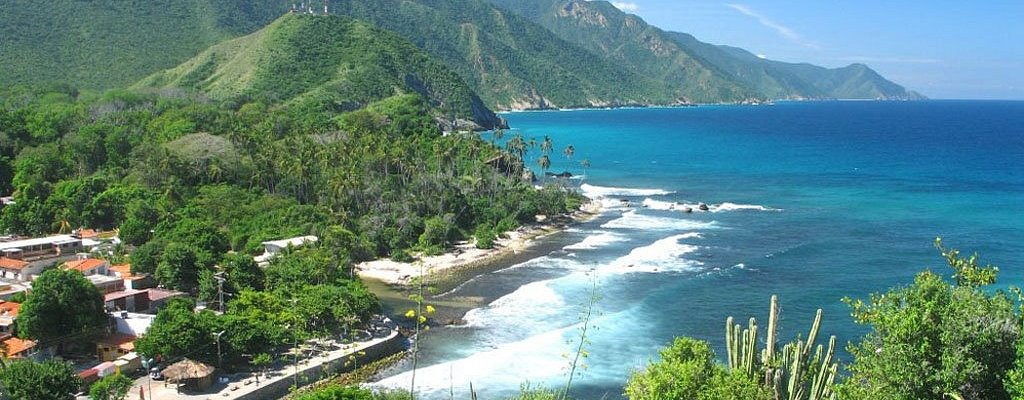
Aragua is also the origin of two of Venezuela’s most exceptional cacao beans : the legendary Chuao and the rare Sabaneta. Revered for their complexity, richness, and distinctive flavour profiles, these beans have earned international acclaim -and are considered among the finest expressions of Venezuela’s cacao heritage.
IN જ⁀➴ CHUAO
Chuao is one of the world’s most renowned and sought-after cacao beans, with a history stretching back over 450 years. Introduced by Spanish colonists in the 17th century, cacao has been cultivated here for generations by descendants of enslaved people, using time-honoured methods.
The name Chuao comes from an Indigenous Caribe word for ‘water’ -a nod to the nearby rivers that flood the plantation for irrigation. The village, reachable mainly by boat from Choroní, moves at its own rhythm -boats carry everything from cacao to motorbikes.
Today, around 200 of the village’s 3,000 residents work with cacao, most of them women who manage harvesting, fermentation, and drying -often in groups, singing traditional songs as they work.
Since 1976, the land has been owned collectively by the community, allowing profits and decisions to stay local. For Chuao, cacao is more than a livelihood -it’s a shared legacy.
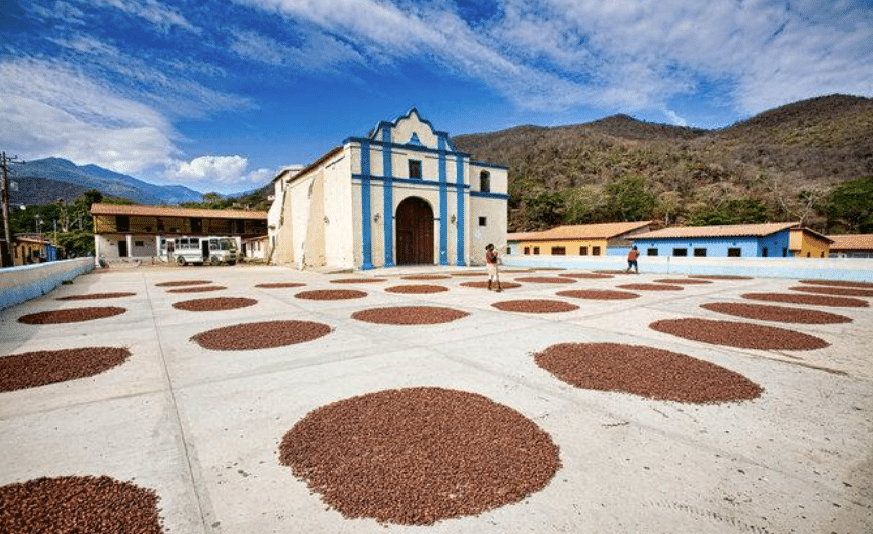
Chuao cacao is truly exclusive. Like Champagne or Parmigiano Reggiano, it has a protected designation of origin. Only authorized partners can sell ‘real’ Chuao, always accompanied by a QR code on the bags representing its certificate of authenticity.
Since 2019 the community association partners with Chuao Trading to ensure full traceability and quality, exporting their cacao to Europe, Japan, and the USA. Silva Cacao is proud to be an official distributor in Europe, bringing Chuao’s legendary cacao to chocolate makers and lovers alike.
IN SILVA CACAO’s PORTFOLIO: CHUAO CACAO
Chuao cacao boasts incredible genetic diversity with over 30 varieties grown in the isolated valley between the mountains and the sea. The beans undergo a slow fermentation in wooden boxes covered with banana leaves, followed by sun drying on the church patio, a tradition that’s more than four centuries old.
➤ The result is a complex, vibrant Chuao AO (Appellation of Origin) Cacao with flavours of citrus, dried fruit, wood, and roasted nuts.
Chuao cacao is truly exclusive. Like Champagne or Parmigiano Reggiano, it has a protected designation of origin. Only authorized partners can sell ‘real’ Chuao, always accompanied by a certificate of authenticity.
Since 2019 the community association partners with Chuao Trading to ensure full traceability and quality, exporting their cacao to Europe, Japan, and the USA. Silva Cacao is proud to be an official distributor in Europe, bringing Chuao’s legendary cacao to chocolate makers and lovers alike.
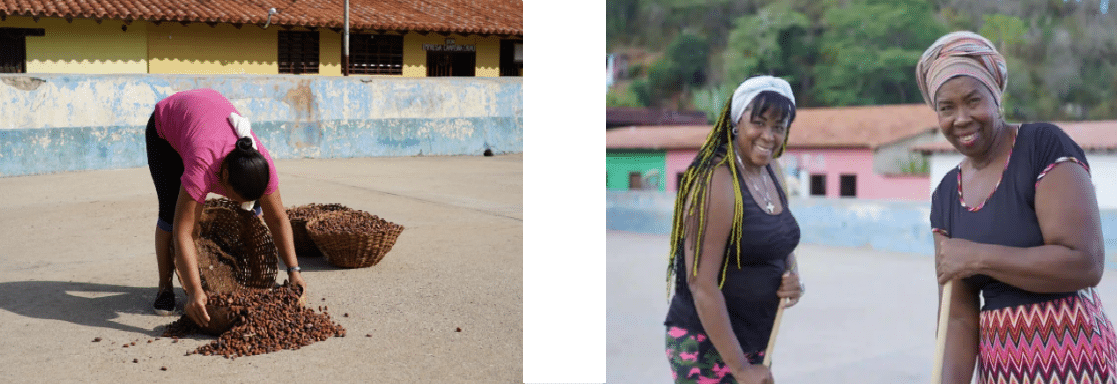
IN જ⁀➴ CHORONI
Choroní, a historic town on Venezuela’s central coast, has long played a meaningful role in the country’s cacao tradition. Tucked within Henri Pittier National Park -home to Venezuela’s richest birdlife and lush tropical forests, Choroní offers a unique setting where cacao, fishing, and (eco)tourism coexist.
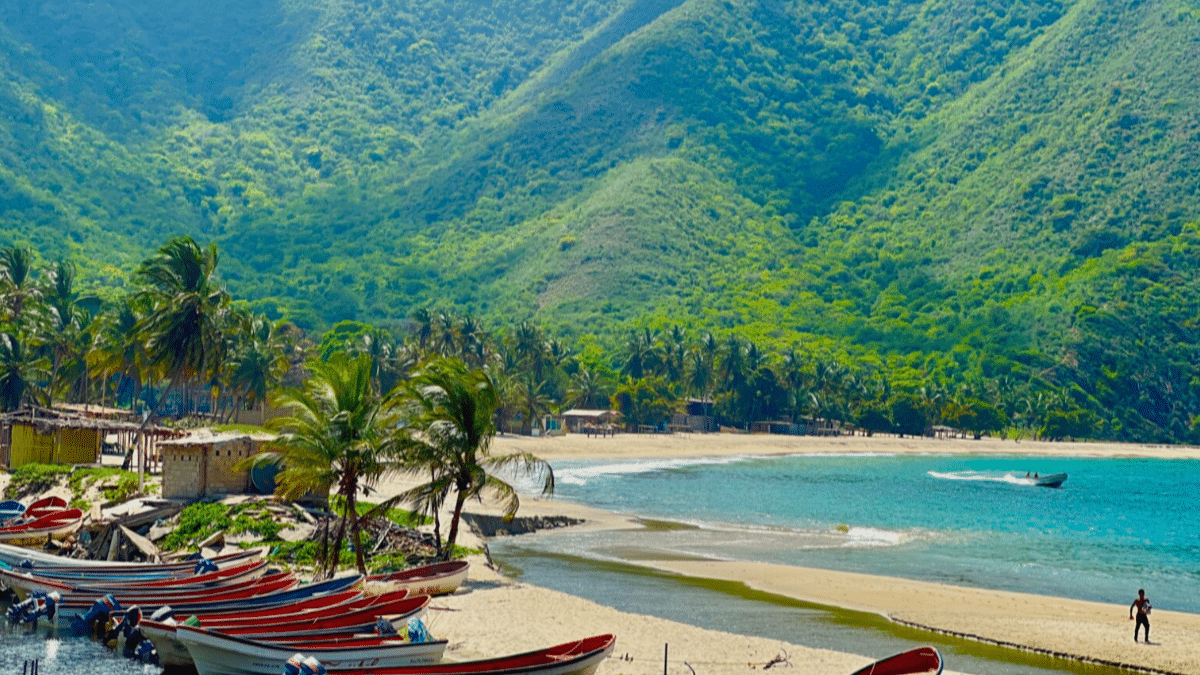
IN SILVA CACAO’s PORTFOLIO: LA SABANETTA CACAO
La Sabaneta is one of Choroní’s most storied cacao farms, nestled deep within the rainforest. Established in 1885, the hacienda covers 200 hectares, though only 17 are currently planted with cacao. What it lacks in size, it more than makes up for in quality -its beans are prized for their rare genetics and consistently exceptional flavour.
In 2020, Daniela González returned to her family’s land to lead its revival. With the support of her father and a small, committed team, she has breathed new life into La Sabaneta, producing cacao now recognised as some of the finest in Venezuela.
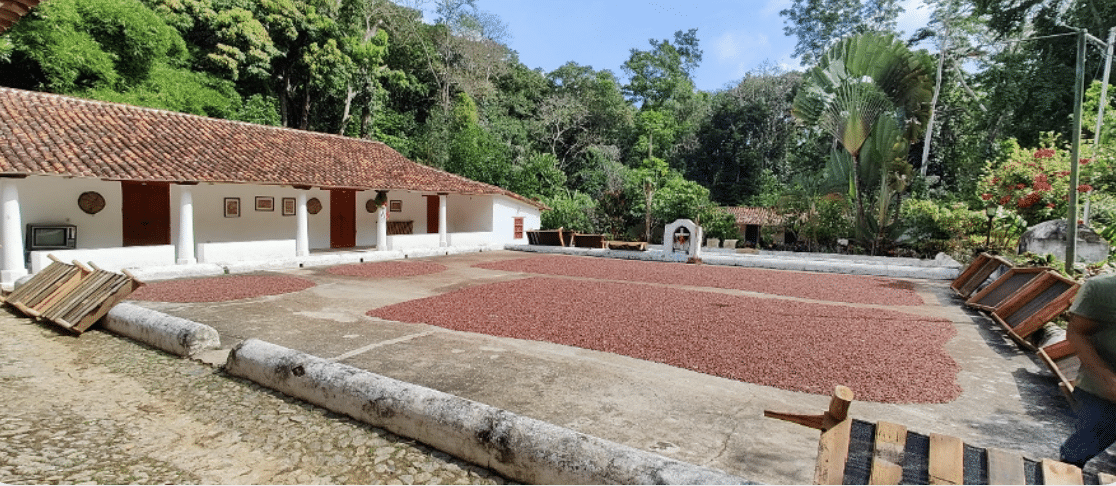
Traditional post-harvest methods -fermentation in wooden boxes and sun drying on a centuries-old stone patio, reflect generations of craftsmanship.
➤ The result is a complex, vibrant Single Plantation Cacao with flavours of citrus, dried fruit, wood, and roasted nuts.
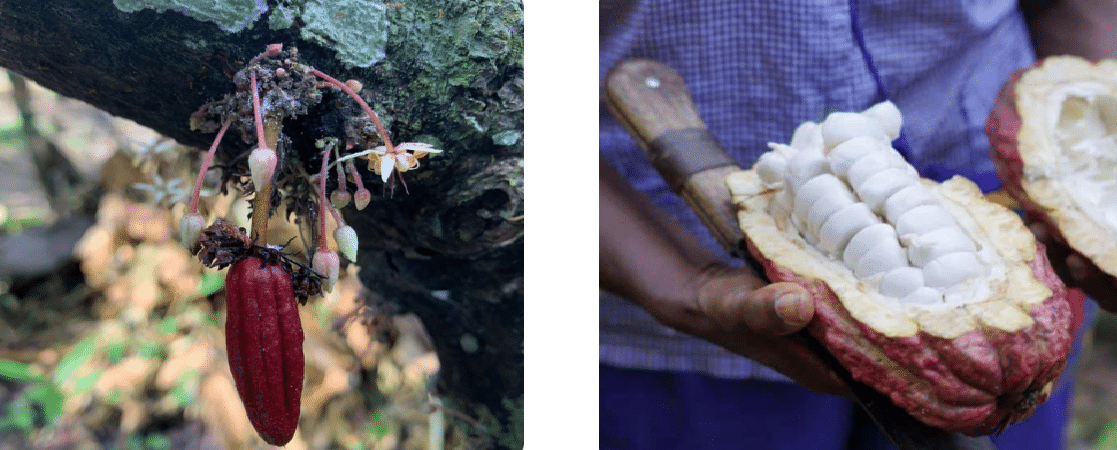
IN જ⁀➴ OCUMARE
Ocumare de la Costa is a small colonial town nestled between the Venezuelan Coastal Range and the Caribbean Sea, at the edge of Henri Pittier National Park. Located 25 miles north of Aragua, it’s known for its striking natural setting and deep-rooted cacao tradition.
Cacao and fishing are the main livelihoods here, shaped by generations of knowledge and a unique coastal-rainforest climate. Ocumare was colonized in the 17th century under Spanish captain Lorenzo Martínez Madrid and officially incorporated in 1731. Before that, it was home to Indigenous communities led by a local cacique known as Barriga.
Since the 1600s, Ocumare has been renowned for its cacao -especially for its priced criollo genetics and light-coloured beans. The famous ‘Ocumare genetics’ take their name from the village -or perhaps it’s the other way around. 😉
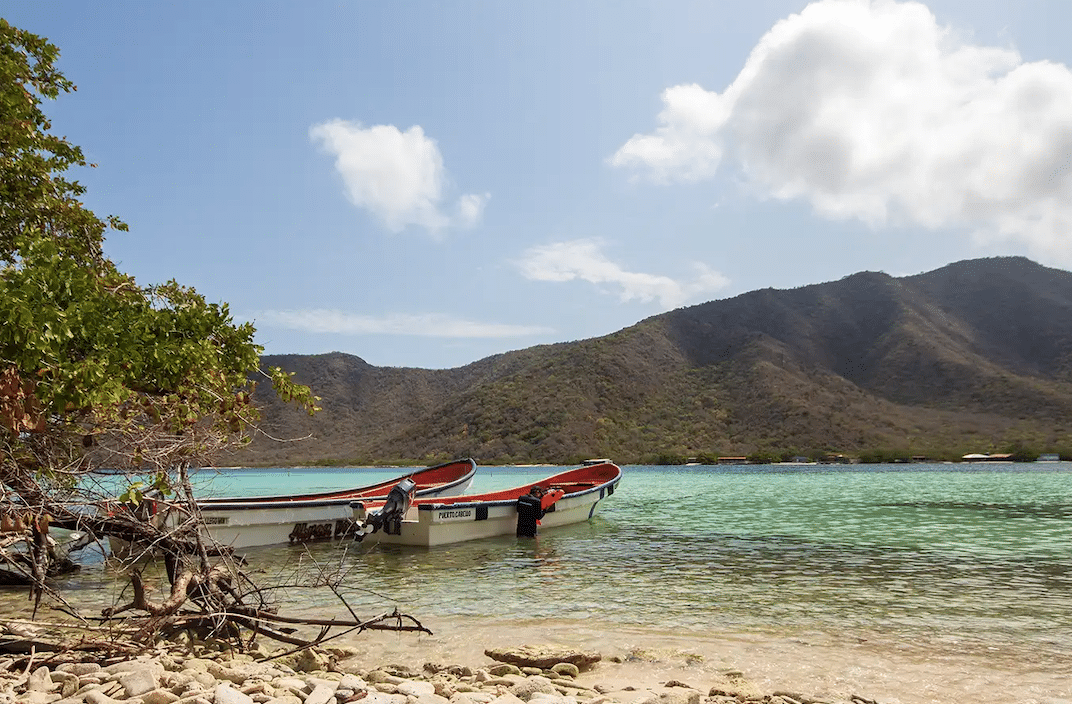
In 1940, Manuel Palama laid the foundation for an ordinal series of hybrid crosses, numbered from 1 to 100 in order of appearance. Among others, Ocumare 61, 15, and 67 rose to international fame.
Today, it’s no surprise to find hybrid cacao around the world that includes one of the Ocumare strains as part of its genetic base. The nerdier among us enjoy observing the differences between the various Ocumares, each with its own unique morphology and flavour potential.
Thanks to the positive reputation of these beans and extensive work in breeding and identification, cacao from Ocumare de la Costa has traveled far. It’s found in other Venezuelan regions like the Amazon and the Peninsula of Río Caribe. Even genetic analysis of the renowned ‘Java Lightbreaking’ reveals traces of Ocumare ancestry. And some Nicaraguan Trinitarios show a close relationship to the Ocumare hybrids as well.
IN SILVA CACAO’s PORTFOLIO: OCUMARE CACAO
From the Ocumare region, we offer a cacao bean sourced from 58 dedicated farmers. This unique selection of light-coloured beans is meticulously fermented and dried to preserve its exceptional character.
➤ The result is a nutty Specialty Selection Cacao with a creamy texture and subtle notes of peach, walnut, brioche, yellow fruit, and a touch of minerality

⚲ AMAZONAS
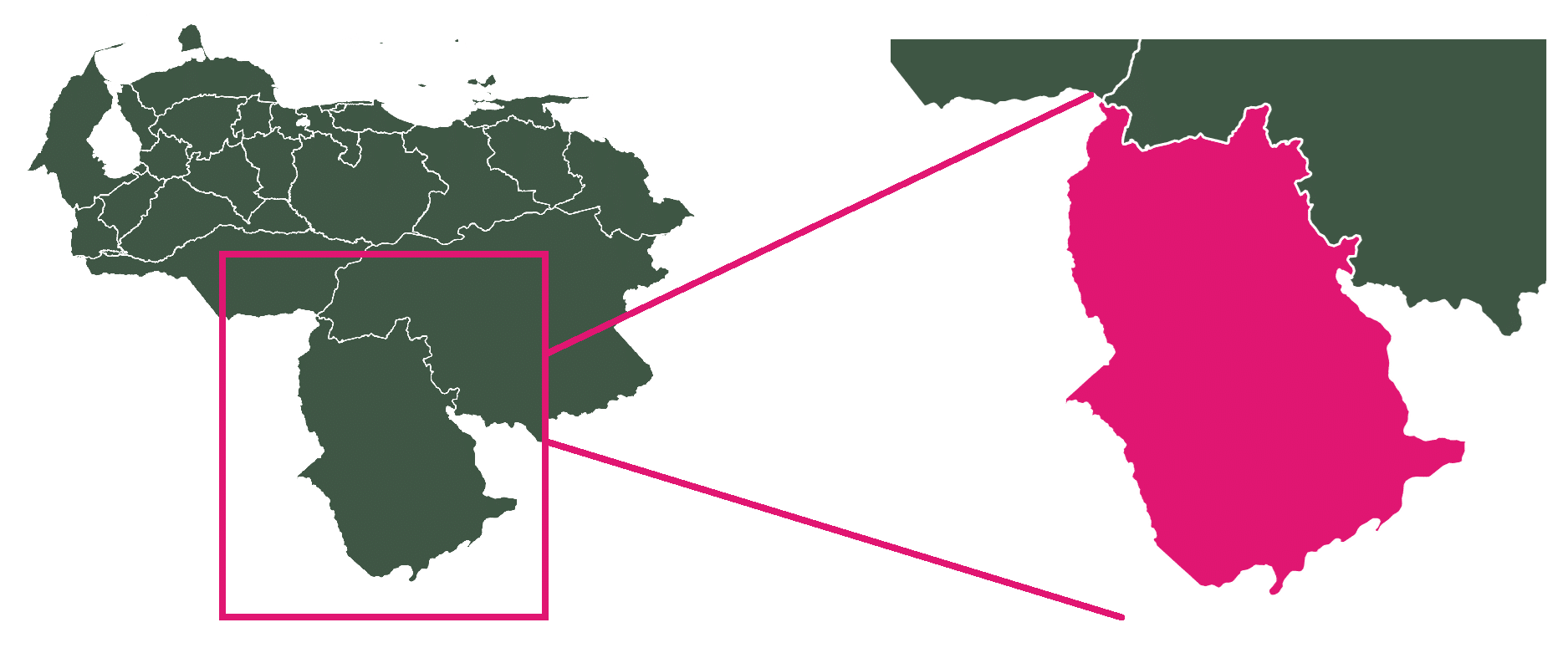
Bordering southern Bolívar, Amazonas is one of the most remote regions in Venezuela -a destination reserved for the truly adventurous. Reaching the cacao-growing communities here involves long overland travel from Caicara del Orinoco or Puerto Ayacucho, followed by hours on riverboats or rough dirt roads through dense forest.
In this isolated landscape, indigenous communities such as the Piaroa, Guajibo (Jivi), Maco, Yekuana, Yanomami, Sanema, Curripaco, Piapoco, and Panare preserve their cultural identity, languages, and deep connection to nature. Cacao cultivation here is woven into ancestral knowledge, from planting cycles to harvest techniques aligned with the rhythms of the Orinoco River and its tributaries.
From this Amazonas region we have 2 regional cacao beans on offer:
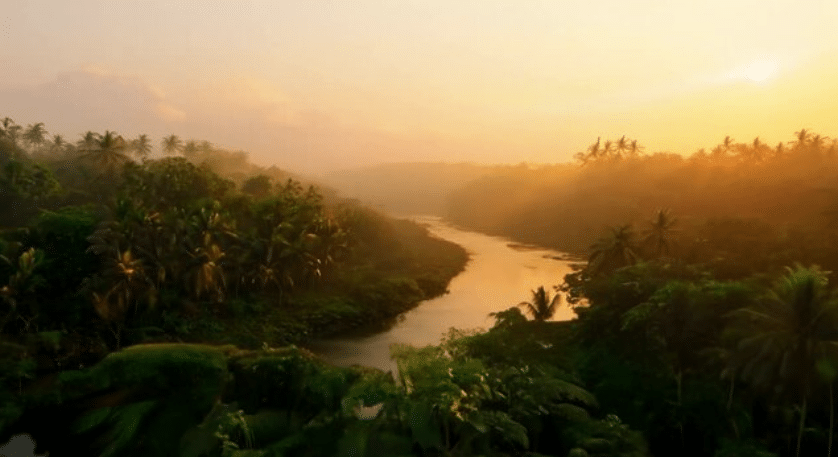
IN SILVA CACAO’s PORTFOLIO: AMAZONAS PIAROA
The cacao is sourced directly from the Indigenous Piaroa people, deep in the Amazon rainforest.
Reaching these remote communities is a demanding journey. With almost no paved roads, access requires crossing more than 35 narrow, often unstable wooden bridges –each trip made by small jeeps carrying no more than a metric ton. During the rainy season, flooding turns the route nearly impassable. From there, the journey continues by motorcycle and jeep across rugged terrain, all to bring these exceptional beans from the heart of the jungle to the wider world.
➤ The result is a fruity Regional Cacao, with vibrant notes of blackberry and dark berries, complemented by subtle hints of herbal, gin-like botanicals and sweet liquorice. Underneath, you’ll find a touch of dark liqueur and a smooth, creamy chocolate finish

IN SILVA CACAO’s PORTFOLIO: AMAZONAS SIGNATURE
In the past, much of this cacao was sold as a conventional product, quietly crossing the border into Colombia without recognition of its unique origin…
To help preserve these native varieties and support the communities that cultivate them, we began working more directly with local growers. Located in remote regions, these communities are accessible only by boat -making the journey as distinctive as the cacao itself.
➤ This fruity Amazonas Signature Cacao has flavour tones of chocolate, wood, and walnuts.
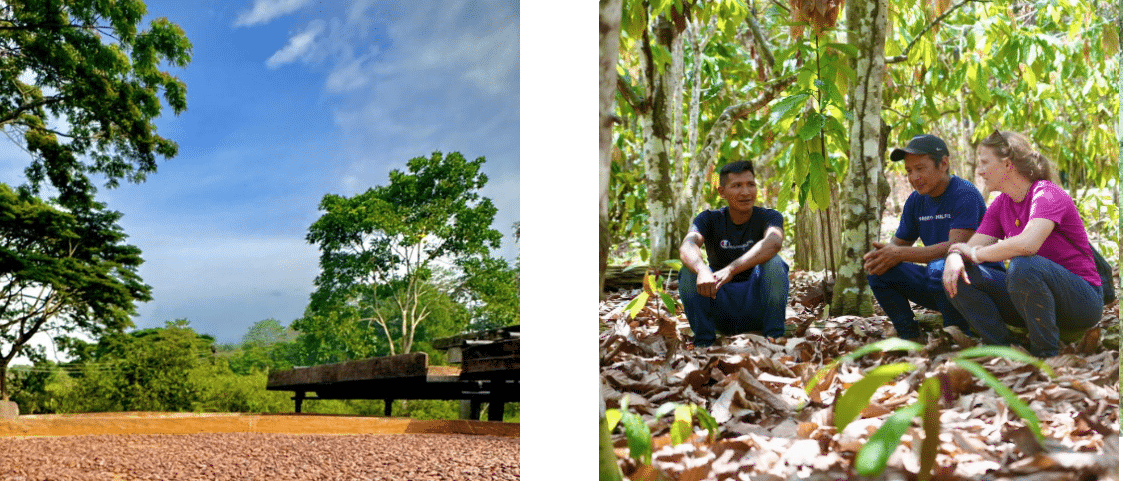
SILVA CACAO’s 360° VENEZUELA PORTFOLIO RECAP
REGIONAL CACAO
Amazonas Piaroa
Amazonas Signature
Sur del Lago Santo Nino
Sur del Lago Superior
SPECIALTY SELECTION CACAO
Carabobo Canoabo
Carabobo Borburata
Carabobo Patanemo
Ocumare
PLANTATION CACAO
Chuao
La Sabaneta
CACAO PRODUCT
Venezuela Natural Butter
VENEZUELA PRODUCT
Tonka Beans
NOTES, KUDO’S, CREDITS & INSPO
Native to Venezuela’s Sur del Lago region near Lake Maracaibo, it descends from ancient Criollo strains once cultivated by pre-Columbian cultures and later prized by Spanish colonists.
The pods are elongated and deeply ridged, with thin skins and fewer seeds -but what they lack in quantity, they make up for in aroma and quality. Chocolate made from Porcelana is known for its creamy mouthfeel and elegant flavour, with notes of toasted almonds, fresh cream, honey, light citrus, and subtle floral tones, all without the bitterness typical of other cacaos.
Due to its low yields, fragility, and disease sensitivity, Porcelana accounts for only a tiny share of global cacao production. Its rarity and pedigree make it a favourite of top bean-to-bar makers, often appearing in limited-edition, ultra-premium releases.
Hacienda la Trinidad
Santa Teresa 1796 Rum
SILVA CACAO – Hacienda La Sabaneta, Venezuela – How a Young Woman Revived the Family Cacao Hacienda
SILVA CACAO – The Name & Fame of Chuao
SILVA CACAO – Choroni La Sabaneta
SILVA CACAO – Chuao
